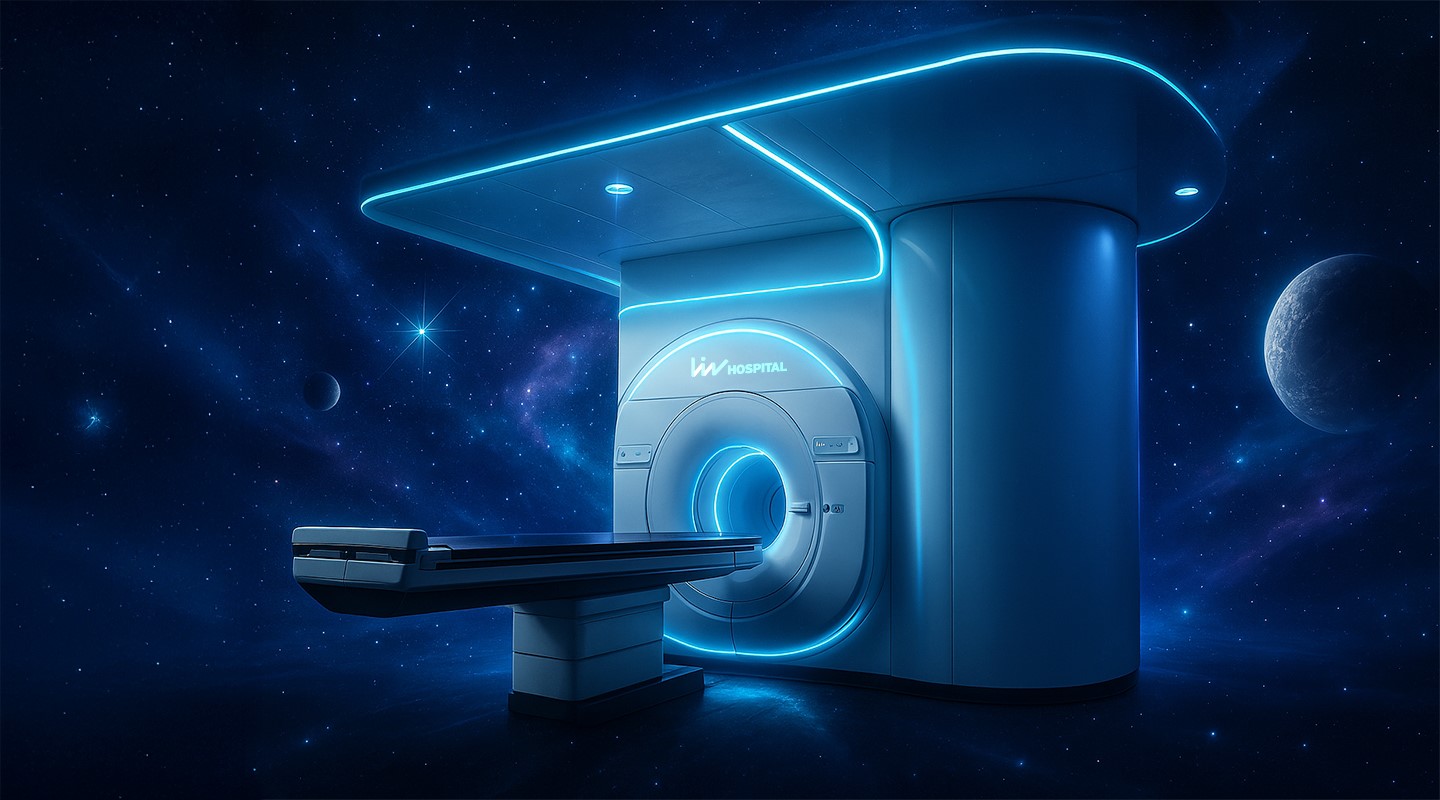MR Linac

At Liv Hospital Ulus Hospital, we reduce the treatment sessions of our patients by protecting the surrounding tissues with MR Linac Unity 1.5 Tesla, which we prefer for many of our patients who need radiotherapy.
The MR-Linac Unity treatment, which is planned specifically for each person, has the ability to separate tumor tissue from normal tissues. With its sensitive imaging technology and privileged aspects such as tissue imaging, it can be applied to tumors in the brain, neck and abdomen, as well as regions such as the heart, kidney, stomach and spinal cord where the beam position is difficult.
MR-Linac at Liv Hospital
Liv Hospital is a healthcare institution that offers advanced cancer treatment using MR-Linac technology. MR-Linac combines magnetic resonance imaging (MRI) technology with linear accelerator, allowing real-time imaging and treatment. This innovative technology offers the ability to precisely target cancer cells and minimally damage surrounding tissues. The use of MR-Linac at Liv Hospital aims to improve patient outcomes by making cancer treatment processes more effective and personalized. This technology is used as part of a multidisciplinary approach to provide greater precision and control during treatment planning and implementation.
What are the Advantages of MR-Linac?
We prefer this technology for patients who require radiotherapy and can enter the MR device.
MR-Linac Unity, 1.5 Tesla;
- It is a technology that can be applied to many patients who are not suitable for radiation therapy or are suspected of being treated.
- With this technology, which separates tumorous tissues from blood vessels and bony structures, it is possible to see soft tissues clearly.
- It is an ideal treatment method especially for tumors that involve organs such as the lungs or upper abdomen that move during breathing. It can also be preferred in regions such as the heart, stomach, kidney, brain and spinal cord that are difficult to irradiate.
- It allows mobile tumors to be seen clearly.
- It can protect healthy tissues, blood vessels and organs.
- It allows more effective doses of radiation to be given to the tumor.
- It is a technology that can reduce the number of sessions for patients depending on the dose level to be preferred.
- It is possible to understand whether the patient's tumor is mobile or not. In this way, tumor mobility can be monitored and tracked when the patient holds or exhales.
In Which Areas is MR-Linac Unity 1.5 Tesla Effective?
Today, soft tissue anatomy is found in 6/7 of many types of cancer. This feature makes it difficult to visualize the tumor area and causes the effectiveness of the treatment to decrease. With MR Linac Unity, 1.5 Tesla, we aim to increase the comfort of our patients by achieving successful results in many types of metastatic cancer, intra-abdominal, lung, prostate, pancreas and liver tumors.
A detailed list of areas where MR-Linac Unity, 1.5 Tesla is used:
- Pancreatic cancers that are inoperable or partially suitable for surgery
- Pelvic tumors
- Colon cancer
- Uterine and cervical cancers
- Rectal cancers that are not suitable for surgery
- Adrenal gland cancers and metastases
- Stomach cancer
- Lung and liver cancers
- Prostate cancer
- Breast cancer
- Bladder cancer
- Vaginal cancer
- Abdominal masses
- Soft tissue sarcoma
- Fallopian tube cancer
- Liver hepatocellular carcinoma
- Early stage breast cancer
- Abdominal tumors
- Venter tumors
How Effective is MR-Linac in Response to Treatment?
The only FDA-approved MR technology used in radiotherapy under the United States Department of Health that can respond to treatment in tumors such as head and neck, brain, liver, rectum is MR-Linac Unity, 1.5 Tesla. This technology is a very important guide in planning the treatment to be applied after radiotherapy in all types of tumors and especially in brain tumors.
How Many Sessions Does MR-Linac Treatment Take?
The treatment duration depends on the movement and shape of the tumor. Although there is no limit on the number of sessions, it can be said that it takes an average of 4-6 sessions. MR-Linac can treat tumors with higher doses than other technologies. The average treatment time in a day is between 20 and 60 minutes.
How is MR-Linac Treatment Performed?
Treatment with MR-Linac technology is planned in 3 stages:
- The scanning phase is the monitoring of daily changes in the patient's anatomy with daily patient MR scanning.
- The planning phase is the creation of the treatment in a way that takes into account the changes in the environment in order to adapt the treatment plan to the patient.
- The treatment phase is applied simultaneously with continuous target imaging throughout the radiation treatment.